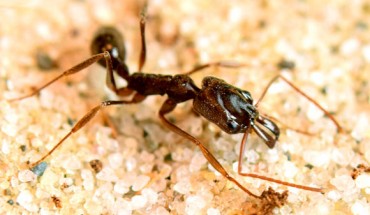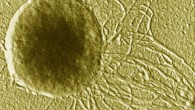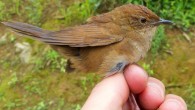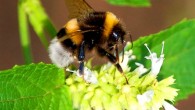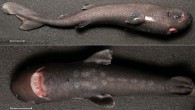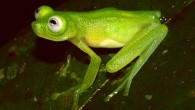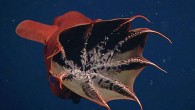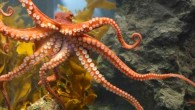Trap-jaw ants can use their powerful mandibles to hurl themselves out of harm’s way when an antlion stalks, says a team of entomologists at the University of Illinois, Urbana-Champaign. A worker of the trap-jaw ant Odontomachus brunneus. Image credit: Larabee FJ / Suarez AV. The mandibles of the trap-jaw ant Odontomachus brunneus can whip shut at speeds over 40 meters per second, and are used for capturing prey, protection, and more routine tasks,...

